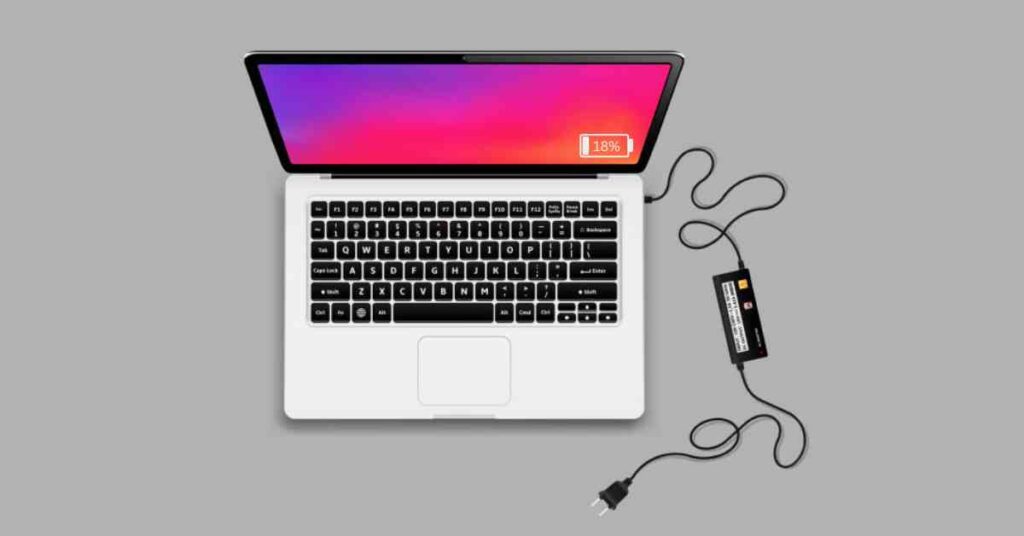In the era of digital connectivity, laptops have become indispensable tools for work, education, and entertainment. One common question that arises is whether it’s safe to use a laptop while it’s charging. Let’s explore the advantages and potential drawbacks of using a laptop while plugged in.
Should laptop be used while charging
Using a laptop while charging is convenient for continuous work but may impact battery health over time. It’s recommended to occasionally use the laptop on battery power and follow best practices to optimize battery lifespan.

Advantages of Using a Laptop While Charging
Continuous Usage:
One obvious benefit of using a laptop while charging is the ability to maintain continuous usage. This is particularly valuable when you’re working on important tasks or projects that require an uninterrupted workflow.
Increased Productivity:
For individuals with demanding workloads, using a laptop while charging can enhance productivity. You can complete tasks efficiently without having to worry about the battery running out.
Resource-Intensive Tasks:
Performing resource-intensive tasks such as video editing, 3D rendering, or running complex software often drains the battery quickly. Using the laptop while connected to the power source ensures that these tasks can be completed without interruption.
Read More:
Drawbacks of Using a Laptop While Charging
Battery Health:
The primary concern associated with using a laptop while charging is the potential impact on battery health. Lithium-ion batteries, commonly used in laptops, have a finite number of charge cycles. Continuous charging can contribute to a shorter overall battery lifespan.
Heat Generation:
Charging generates heat, and when combined with the heat produced during regular laptop usage, it can lead to an increase in temperature. High temperatures can negatively affect both the battery and overall system performance.
Overcharging Risk:
While modern laptops are equipped with mechanisms to prevent overcharging, it’s still a consideration. Continuous charging, especially if the laptop is kept plugged in for extended periods, may lead to overcharging and impact battery efficiency over time.
Best Practices for Laptop Usage While Charging
Occasional Use:
Whenever possible, use your laptop on battery power to discharge and recharge it regularly. This helps maintain battery health by preventing it from constantly staying at full capacity.
Optimal Charging Range:
Aim to keep your laptop battery within the 20-80% charge range. This can contribute to better long-term battery health compared to frequently charging to 100%.
Use a Quality Charger:
Always use the charger provided by the laptop manufacturer or a reputable third-party charger compatible with your device. Using substandard chargers can lead to voltage irregularities and damage the battery.
Heat:
Avoid using your laptop on soft surfaces that can block air vents, leading to increased heat retention. Proper ventilation is crucial for preventing overheating during charging.
FAQ
Should I use my laptop while it’s charging?
Using your laptop while charging can impact battery health. It’s advisable to strike a balance and avoid excessive multitasking during the charging process.
How does multitasking affect the charging process?
Multitasking increases power consumption, potentially slowing down the charging process. It’s essential to manage applications efficiently for optimal results.
Are there specific laptop models more susceptible to charging-related issues?
While all laptops share similar charging principles, some models may be more sensitive to charging practices. Checking the manufacturer’s guidelines is advisable.
Can using a low-quality charging cable damage my laptop battery?
Yes, using subpar charging cables can lead to issues like
Conclusion
In conclusion, using a laptop while charging comes with both advantages and potential drawbacks. While it provides continuous usage and increased productivity, it’s essential to be mindful of its impact on battery health. Following best practices for laptop usage, such as occasional discharging and charging within optimal ranges, can help strike a balance between productivity and preserving the long-term health of your laptop battery.